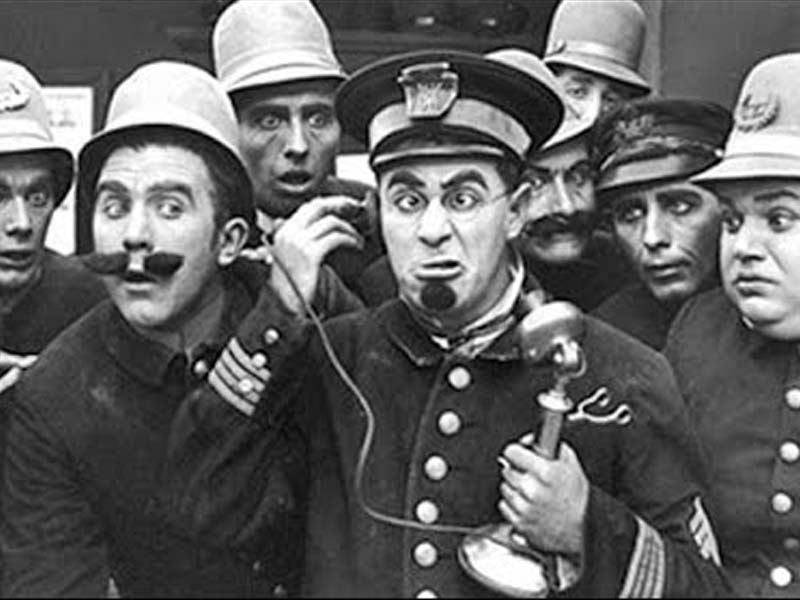
BUTLER, PA (OP-ED) – The recent assassination attempt on former President Donald Trump in Butler, PA, has spotlighted glaring missteps by the U.S. Secret Service.
Information from the incident reveals that the Secret Service had been forewarned about the potential threat minutes before the attack occurred. Pennsylvania State Police had identified a suspicious individual and communicated this to the Secret Service, providing a photograph of the man approximately 20 to 25 minutes before he opened fire. Despite this warning, the event continued without heightened security measures or a pause, leading to Trump sustaining an injury.
This incident raises profound questions about the effectiveness of the Secret Service’s protocols and response strategies.
The lapse in action following the state police’s alert is alarming, particularly because the suspect was able to position himself on a rooftop close enough to inflict harm. This security breach happened despite prior knowledge and visual confirmation of the threat.
The oversight committee’s hearing revealed further gaps in communication and preparedness.
Despite several simultaneous security concerns, including other suspicious individuals, the focus seemed insufficiently coordinated.
The failure to act on the explicit warning is a stark reminder of the need for rigorous adherence to safety protocols, especially when protecting high-profile figures at public events.
Moving forward, this incident should prompt reevaluating how the Secret Service integrates intelligence and acts on imminent threats. The need for an immediate and effective response to such warnings cannot be overstated.
